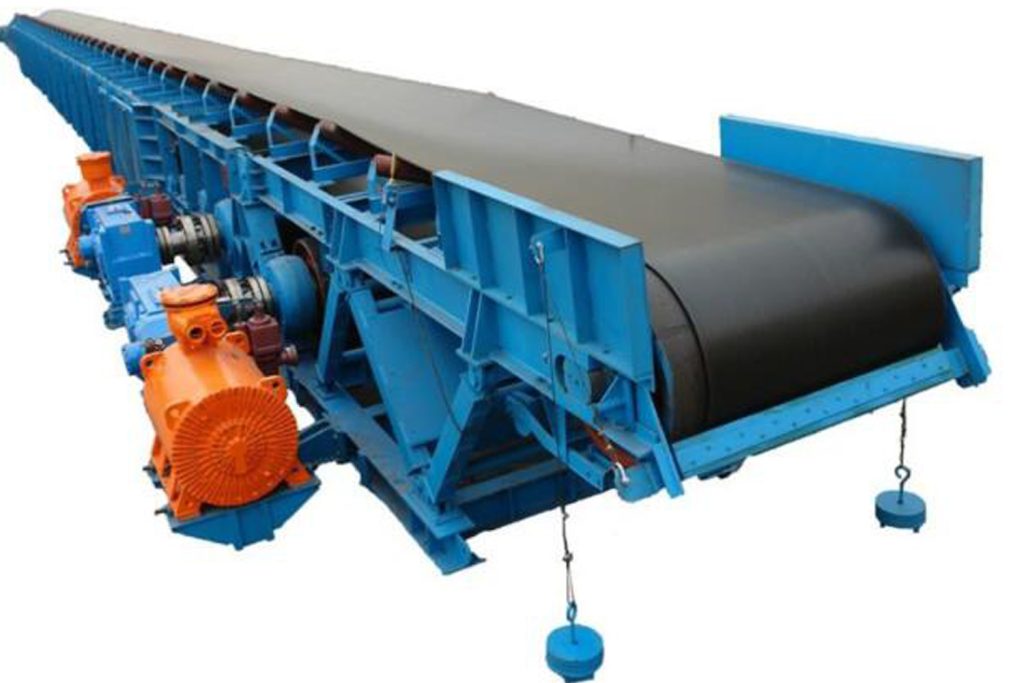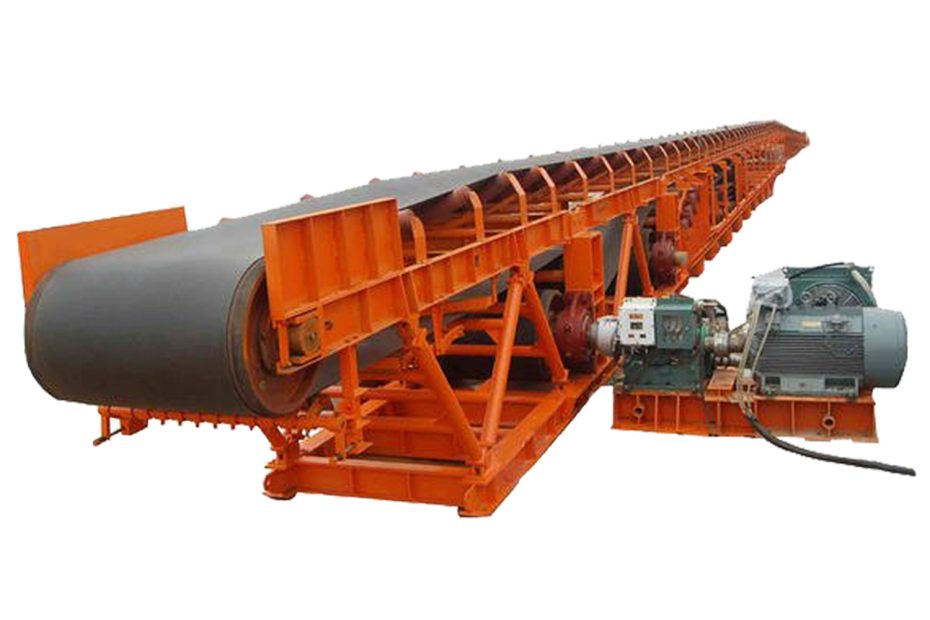In the realm of material handling, belt conveyors emerge as familiar and reliable solutions for transporting objects efficiently and seamlessly. Belt conveyors hold a prominent place in the world of material transportation.
True to their name, these conveyors function by placing objects on a belt and moving the belt forward to facilitate conveyance. Their stability and relatively low maintenance requirements render them a popular choice across diverse industries.
While some specialized belt conveyors require specific types of belts and maintenance, the majority of belt conveyors are recognized for their ease of use and cost-effectiveness in normal operating conditions. Consequently, the mention of conveyors often conjures images of belt conveyors due to their widespread application.
The Role of Conveyor Belts
The essence of a belt conveyor comes alive through the presence of conveyor belts. In fact, a conveyor is only termed a “belt conveyor” when a conveyor belt is attached to it. These belts serve as the driving force behind the movement of materials, making them a critical component.
Types of Conveyor Belts
A variety of conveyor belt types cater to different requirements and environments:
- Black Rubber Belt: Known for its resilience and flexibility, the black rubber belt is widely used in general applications.
- Resin Belt: Resin belts provide enhanced resistance to abrasion and are suitable for conveying materials under challenging conditions.
- Wire Mesh Belt: Characterized by its open structure, the wire mesh belt is ideal for applications requiring air or water circulation.
- Steel Metal Belt: Steel belts excel in applications involving high temperatures and heavy loads.
- Modular Plastic Belt: This versatile belt type is used in various industries and is chosen for its durability and easy maintenance.
The diverse options within each belt type allow for tailored solutions based on the conveyed material and the operational environment.

Selecting the Right Conveyor Belt
Choosing the appropriate conveyor belt involves careful consideration of various factors, including:
- Object Properties: The nature and size of the objects being conveyed.
- Quantity: The amount of material to be transported.
- Specific Gravity: The weight of the material.
- Belt Width: The width of the conveyor belt.
- Strength and Tension: Belt strength and required tension.
- Gradient Angle: Incline or decline requirements.
- Suspension System: How the conveyor is suspended.
- Temperature: Ambient and material temperature.
- Food Safety: Whether the material is for consumption.
- Moisture and Viscosity: The moisture content and viscosity of the material.
- Oil Content: Presence of oils or lubricants.
Conclusion
Belt conveyors stand as a testament to the innovation and efficiency in material handling solutions. Their core mechanics revolve around the synergy between conveyors and conveyor belts. Understanding the types of Belt conveyor system available and the factors guiding their selection is crucial for implementing a seamless and effective material transportation system. As industries continue to evolve, belt conveyors and their versatile conveyor belts will remain essential components, contributing to enhanced productivity, reduced downtime, and optimal material handling.
